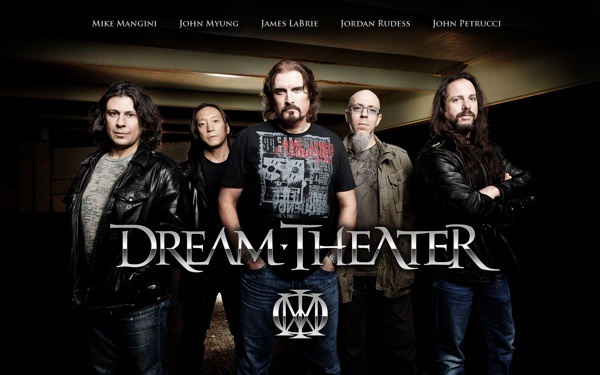Progressive Metal
Progressive Metal is a fusion resulting from the union of Progressive Rock and Heavy Metal. Progressive Metal emerged during the 1980s in the United States, pioneered by the bands Queensrÿche, Watchtower, Fates Warning and Dream Theater.
The genre expanded to other countries, merging again with Thrash, Power and Death Metal. Although Progressive Metal was better incorporated in the late 1980s, it only achieved considerable commercial success in the 1990s. However, the genre’s popularity began to decline in the late 1990s.

Characteristics
Progressive Metal makes use of Progressive Rock elements (such as experimental and “pseudo-classical” sounds, long-lasting songs, and other peculiarities, as well as the incorporation of lyrically and sonically complex structures, but brings together the “weight ” and “aggression” present in Heavy Metal, which is, above all, the use of amplified and distorted guitars.
History
The genre’s origins lie in the emergence of Progressive Rock and Hard Rock/Heavy Metal, developed between the late 1960s and early 1970s. From progressive rock, the genre absorbed influences from bands such as King Crimson, Uriah Heep, Pink Floyd, Yes and Genesis. But it was up to Canadians Rush to bridge the gap between the three genres with the release of the album 2112 in 1976. The trio innovated in their progressive approach to heavy rock, serving as a reference for the following decade. Fusion with heavy metal occurred. From heavy metal, the genre absorbed the weight, speed and attitude of bands like Black Sabbath and Judas Priest and the hard rock of Led Zeppelin and Deep Purple. Ultimately, progressive heavy metal received the final push through the New Wave of British Heavy Metal. At that time, in the early eighties, Iron Maiden was already emerging as the main band of the movement, and everyone wanted to be like them. This is how adding influences from Accept and Tygers of Pan Tang, Queensrÿche emerged in 1981, and the following year, Fates Warning.
In the second half of the 2000s, Djent emerged, a subgenre of Progressive Metal developed from bands such as Meshuggah, Sikth, Animals as Leaders, TesseracT, Textures, Born of Osiris, Periphery, The Contortionist, Uneven Structure, Vildhjarta, After the Burial, among others.
Musical heterogeneity
The band Amorphis.
Still, one of the characteristics of Progressive Metal is its musical heterogeneity, in which some bands are closer to classical music, such as Shadow Gallery and Symphony X; others to Death Metal, such as Amorphis and Opeth; others to jazz, such as Dream Theater and Liquid Tension Experiment, others from power metal, such as Evergrey and Kamelot, others from Thrash Metal, such as Megadeth and Metallica, and others from Alternative Metal, such as Faith no More, System of a Down and Tool, or even with Sludge Metal, like Mastodon.
Djent
Djent is a recent movement that developed as a derivation of Progressive Metal, having as its birthplace, and being more evident in places such as northern Europe, the northeast of the United States and even Australia. The word “Djent” is an onomatopoeia for the sound of a distorted (high gain) guitar being played with palm muting, as used, for example, by the Swedish band Meshuggah, and as a term, having been coined by guitarist Fredrik Thordendal, as mentioned a Meshuggah band member. Typically, the term is used to refer to the music that uses that sound, the sound itself, or the melody surrounding it.
